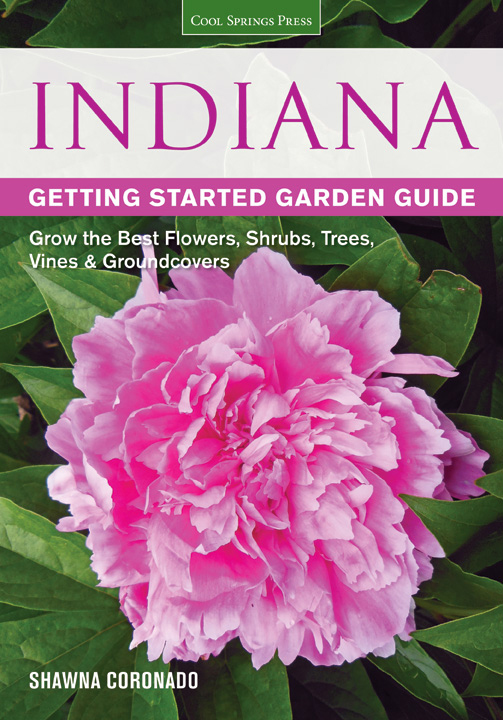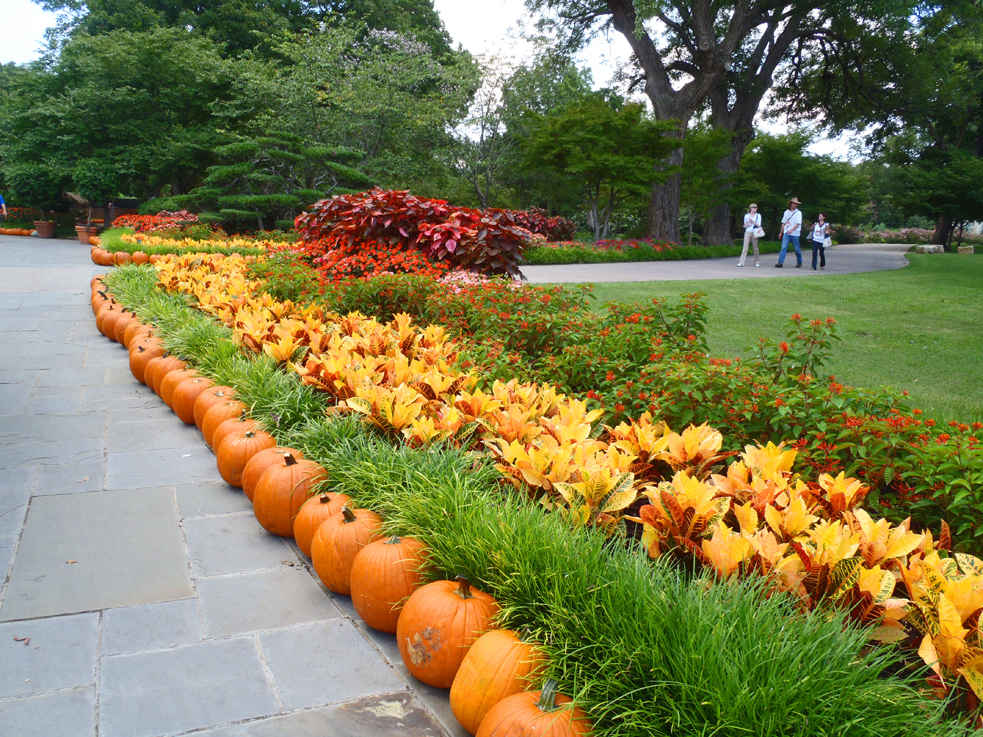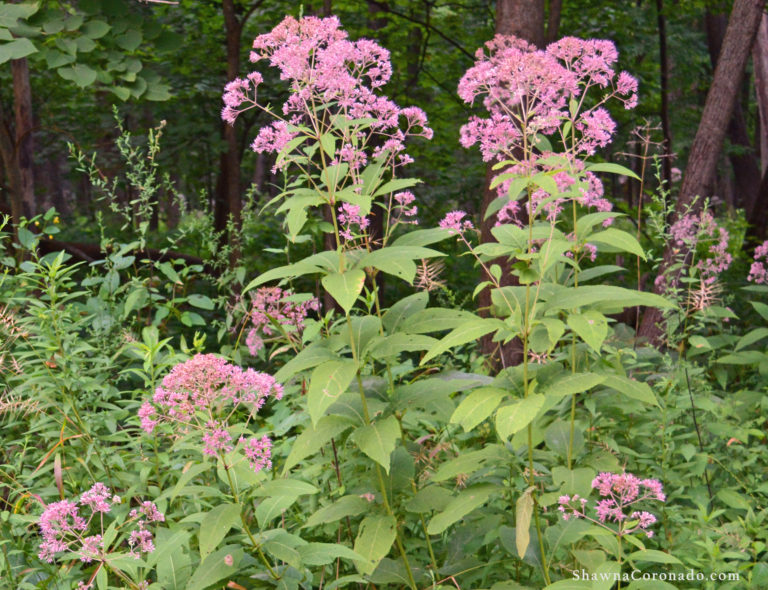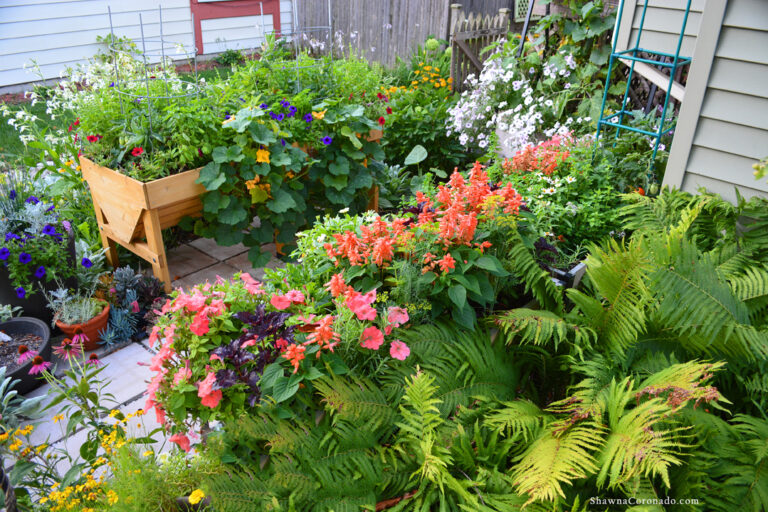Purple Basil is a Great Ornamental Edible

Purple basil is a colorful addition to any flower or herb garden, particularly as a filler or edger. With a strong, almost spicy aroma, purple basil can contribute to your garden with aroma as well as its bold foliage. Amazing purple foliage looks attractive in cut flower arrangements. An additional benefit is that it is a useful seasoning in Italian, Greek, Mexican, and tomato dishes.
Purple Basil is an Anti-Inflammatory Herb
Purple basil can be used in any recipe that calls for sweet basil, although the flavor is more intense than traditional sweet basil. Beyond making a gorgeous statement in your garden, purple basil is also a nutritional powerhouse with vitamins A, C, K, B6, iron, calcium, potassium, and tryptophan. It is anti-inflammatory and nutrient-dense, which means it can contribute to a diet that can help you to reduce chronic inflammation.
- Botanical name — Ocimum basilicum purpureum
- Bloom Period and Seasonal Color — All season; burgundy, bronze, and purple leaves
- Mature Height × Spread — 12 to 24 inches × 12 to 24 inches
- Added Benefits – Edible, attracts bees if left to flower
- Sun Requirements – Sun, Part Sun, Part Shade
When, Where, and How to Plant –
Purple basil prefers a sunny location that gets at least six hours of sun per day. Grow from seeds or transplants in well-drained soil that is richly amended with rotted manure or compost. To start from seed, wait until two weeks after your last frost, and then place seeds onto prepared soil and cover with 1⁄8 inch of soil.
Purple Basil Growing Tips –
In late summer heat and drought, purple basil can become slightly bitter and lose some of its colors. Overfertilization can result in lots of leaves with lesser flavor. To encourage bushy growth, prune back the leaves every two or three weeks and remove flower buds immediately upon their appearance. When watering purple basil, always water at the base of a plant to prevent fungal issues on the leaves.
Advice and Care –
Store fresh basil sprigs in a glass of fresh, cool water on the counter, out of direct sunlight. To freeze basil, chop the leaves and place them in an ice cube tray, then drizzle olive oil over the tops of the leaves until you have a full tray. Freeze. Use the basil olive oil cube for flavorings in sauces and stews. Treat fusarium wilt and other fungus issues with foliar applications of an organic fungicide.
Companion Planting and Design –
Purple basil looks fantastic as an ornamental edible when combined in containers with purple-flowering annuals such as a spreading petunia, angelonia, and sweet potato vine. Window boxes filled with purple basil, parsley, and white gerbera daisies are simply breathtaking. Use purple basil stems in cut flower arrangements that include zinnia and celosia for a bold color statement.
Try These Purple Basil Varieties –
‘Purple Ruffles’ is a deep purple with a surprising ruffle design to the leaf, which makes a strong statement in a container. ‘Osmin Purple’ has a sweeter flavor with a fruity scent. ‘Purple Dark Opal’ has an intense purple leaf, fruity taste, strong flavor, and is good for drying. ‘Italian Violetto’ is a deep red-purple with purple stems and glossy leaves on full bushy plants; it has a powerfully sweet scent and a slight clove flavor. ‘Purple Petra’ is a fabulous ornamental organic variety.
If you would like more ideas on how to grow many different trees and plants for your landscape, particularly in the Midwest, please pick up my book, the Indiana Getting Started Garden Guide.



